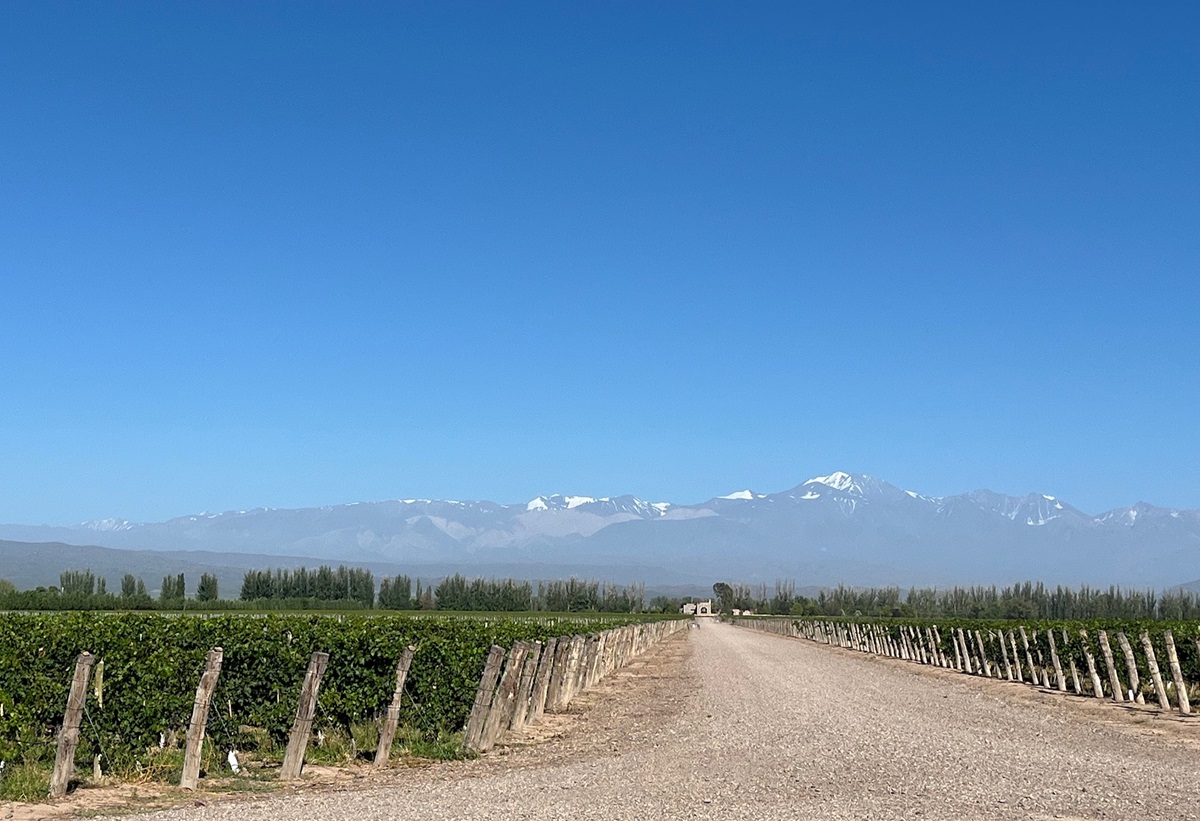VISITING SOMLO IN HUNGARY
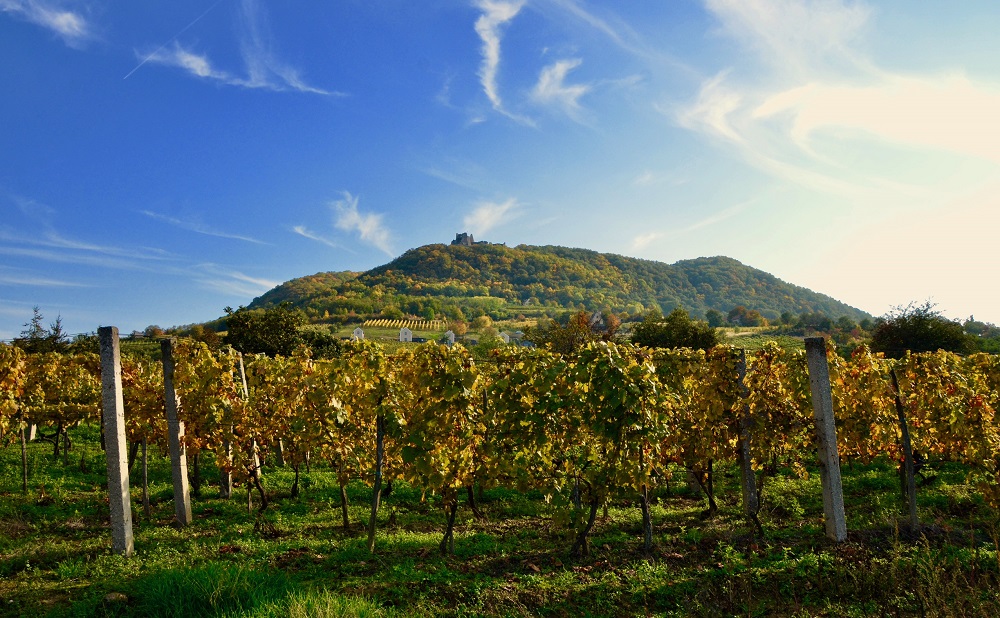
“The best thing you can do to a wine – is to do nothing”.
These are the words of self-taught maverick winemaker Stephan Spiegelberg (pictured below) who lives on Somlo hill in western Hungary, one of the most unique wine regions in the world. German/Hungarian Spiegelberg is a test pilot engineer-turned winemaker who returned to his Hungarian roots in 2007 at a time when Somlo’s modern renaissance was just beginning.
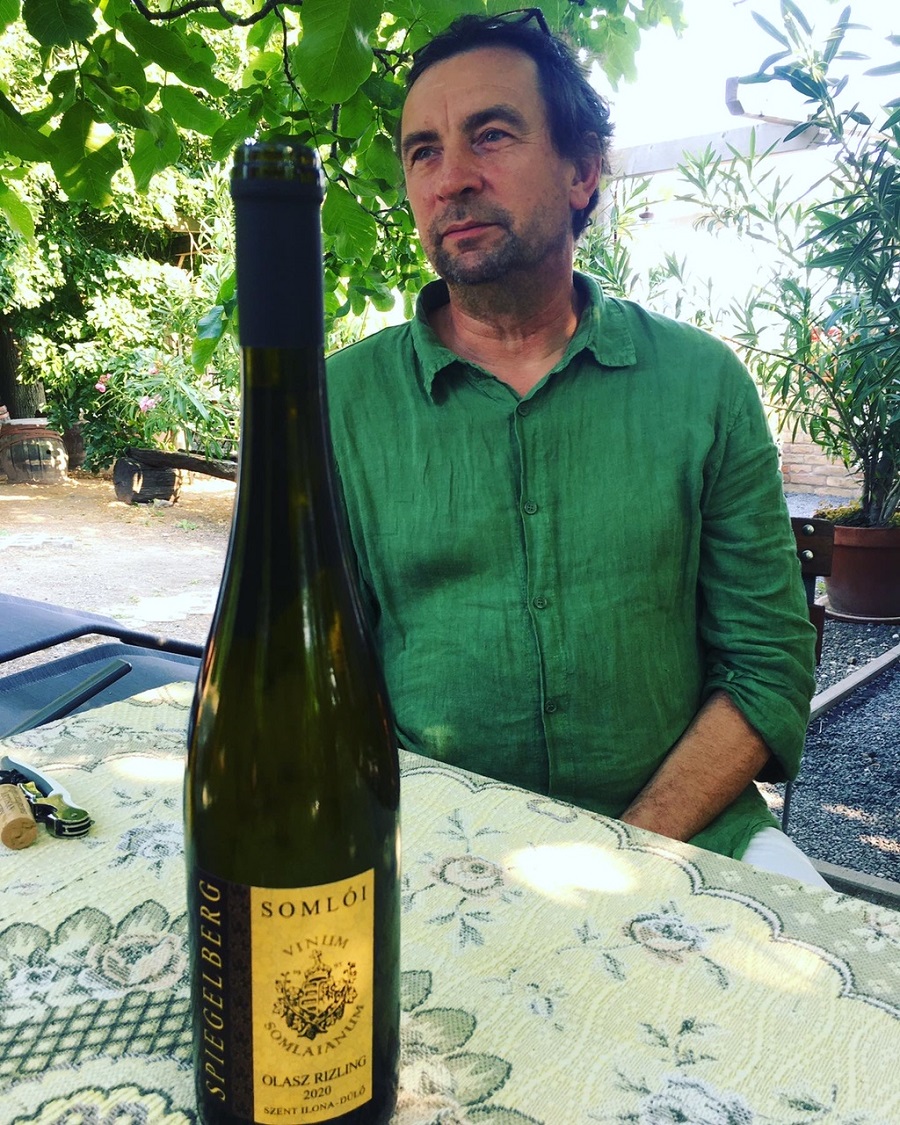
Somlo is a historic region, which once rivalled Tokaj, but only in the last twenty years ago have the fortunes of this ancient 432m high dormant volcano, which rises amidst the Tapolca basin, been revived. With neighbouring Nagy-Somlo it makes up Hungary’s smallest region with 559 hectares – but just 326 hectares are on Somlo hill itself – home to the most intense powerful white wines in eastern Europe.
Spiegelberg himself makes exquisite minerally low-tech versions of Furmint, Harslevelu, Olaszrizling and local grape Juhfark (pronounced you-fark) from his cluster of vineyards on Somlo’s cool northerly and warmer southern slopes, offering some of the best examples of the local black basalt terroir. He has also just installed two Georgian qvevris into his basalt cave “to experiment”. Spiegelberg, with his quaint wine bar perched on the southeast side of the hill, has become something of a cult.
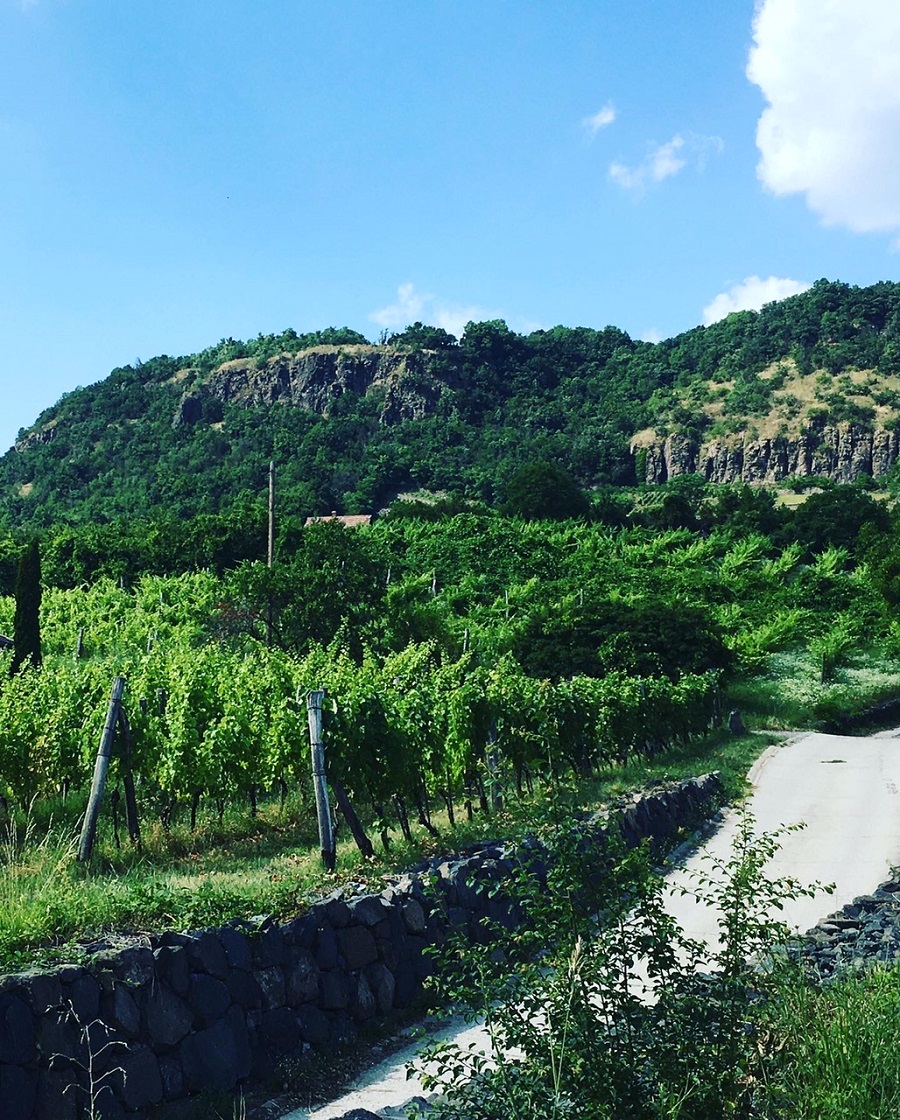
“You cannot make bad wine on Somlo hill”, believes Spiegelberg. “The problem is the high acidity, as Somlo wines are drunk too early today”, he says. He doesn’t like high acidity, harvesting late with 100% malolactic to avoid it.
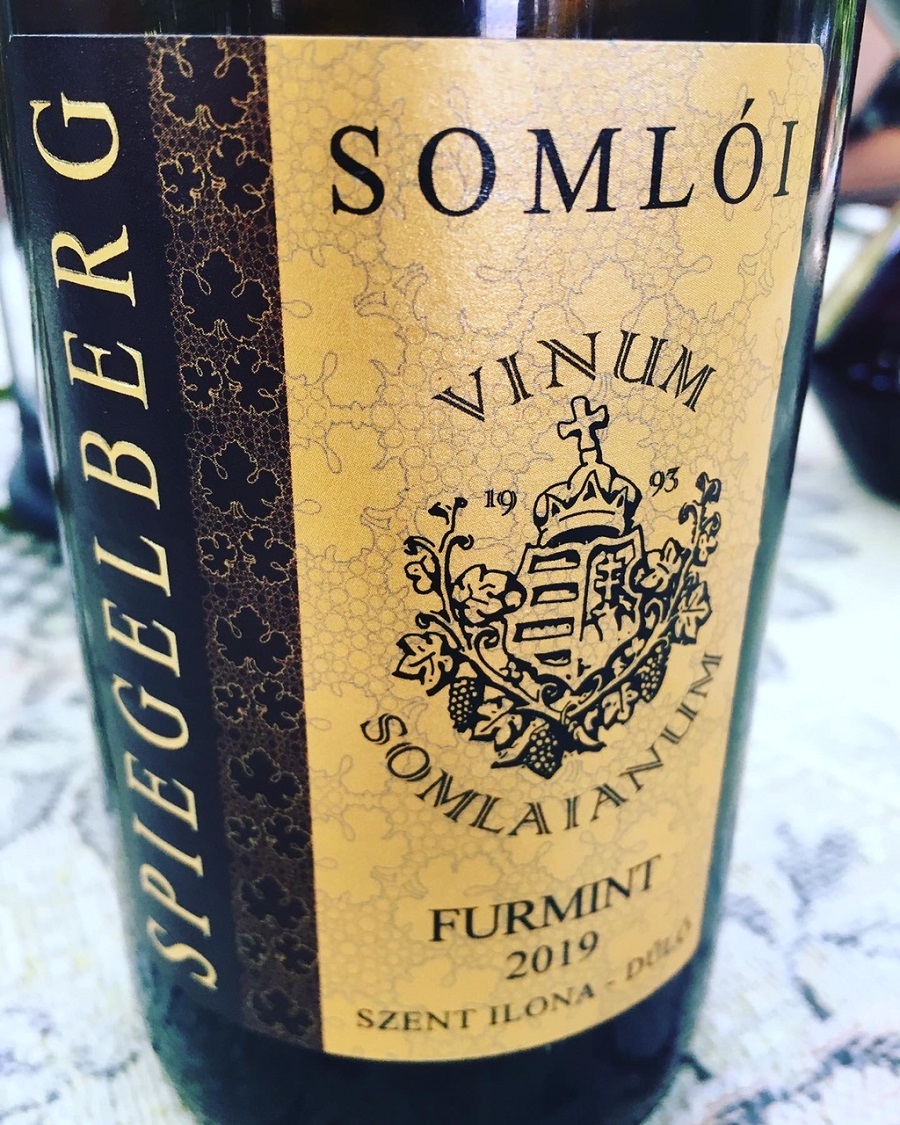
Life cannot be easy making wine on Somlo’s awkwardly steep basalt slopes with such low yields – and no running water. Out of Somlo’s 20 producers, a dozen small wineries are based ‘on the hill’– many have to carry up or collect all their water.
Despite these challenges, Somlo has attracted a new generation of artisan winemakers like Peter Toth of Kofejto (pictured below), who owns and rents four hectares on the southwest windier side of Somlo’s cone-shaped hill.

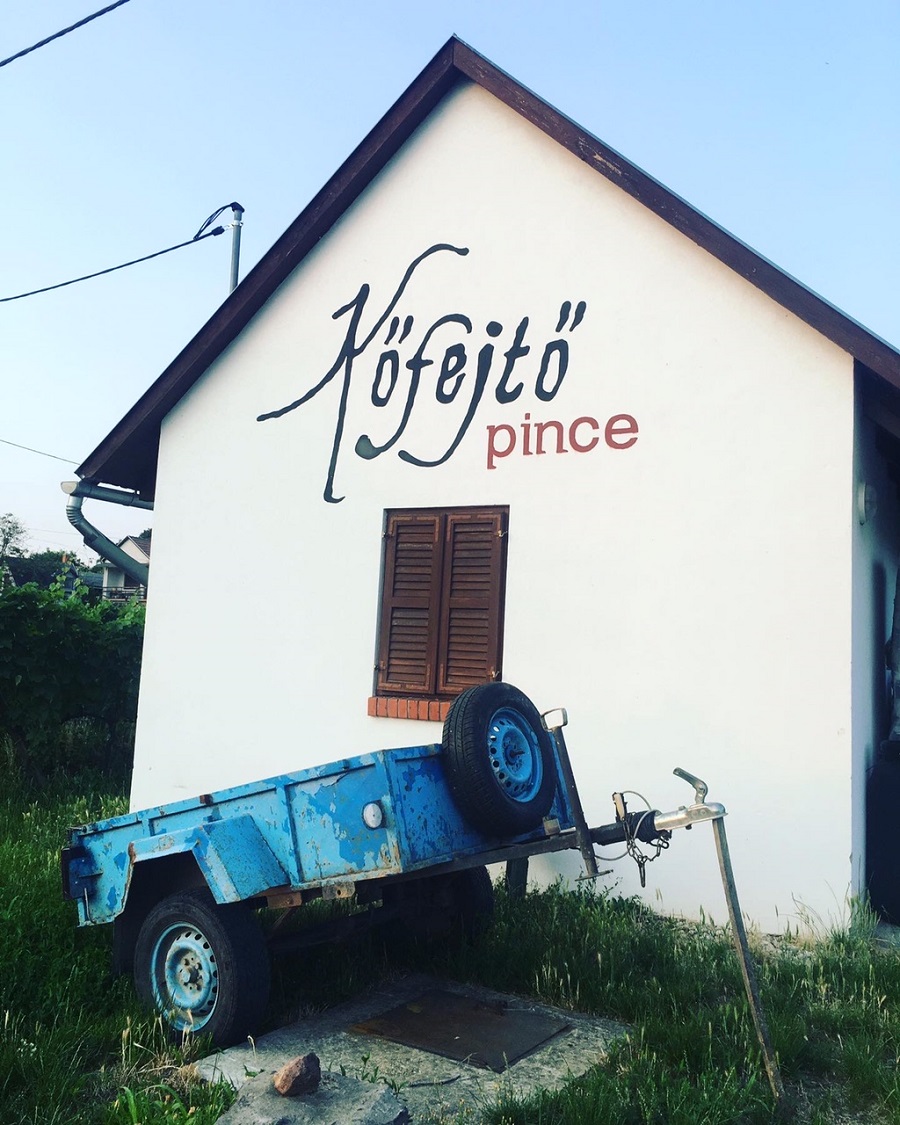
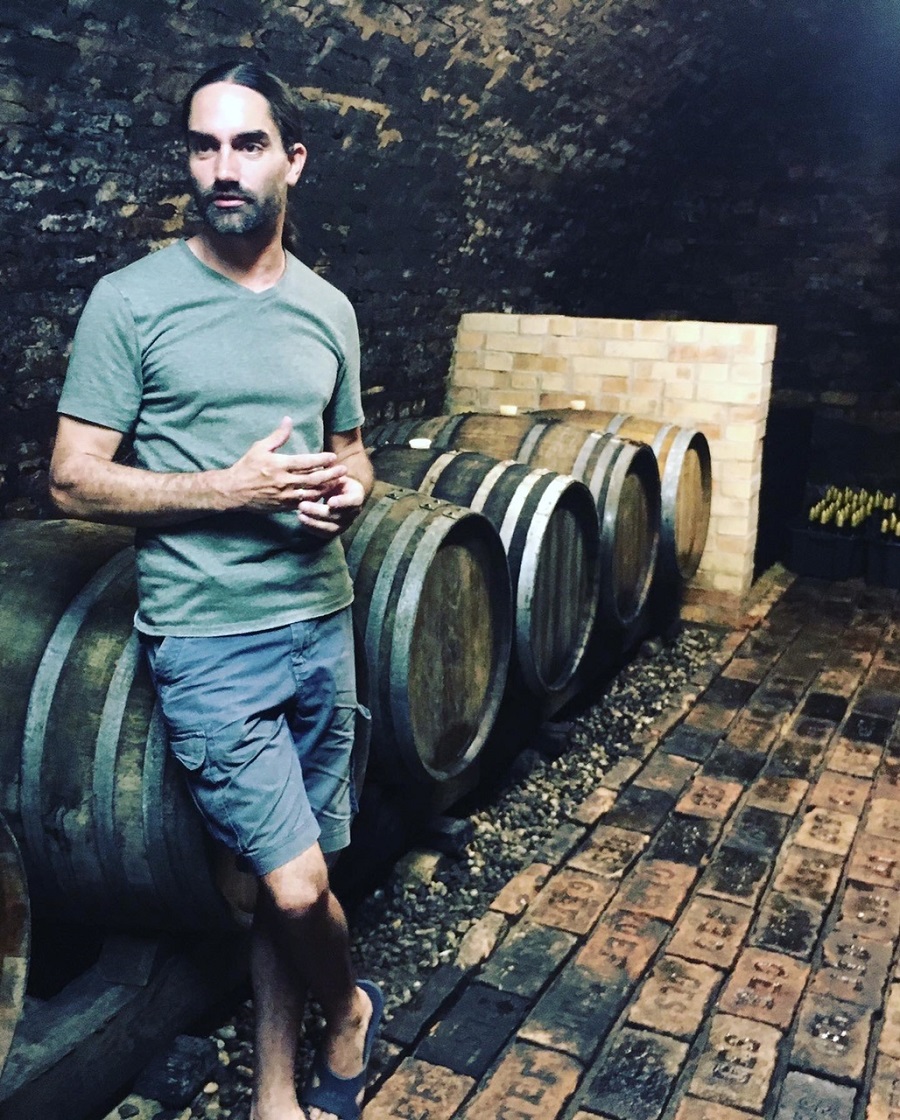
Toth worked as a winemaker in Pecs research centre and in both Szekszard and Villany in southern Hungary, but in 2015 returned with his young family back to Somlo to revive his grandfather’s vines. “There is such a good community of winemakers here who inspired me”, says Toth.
“Somlo was lucky as its basalt was no good for mining, so it was saved”, explained Toth. Today vines are the main crop on the basalt bedrock, alongside chestnuts and walnuts, with one quarter of vineyards planted with Juhfark. Harslevelu grape is becoming popular, so Toth is planting more to keep up with demand. Somlo PDO is white only, but mindful of climate warming Toth is experimenting with reds: Syrah, Cabernet Sauvignon and Kekfrankos.
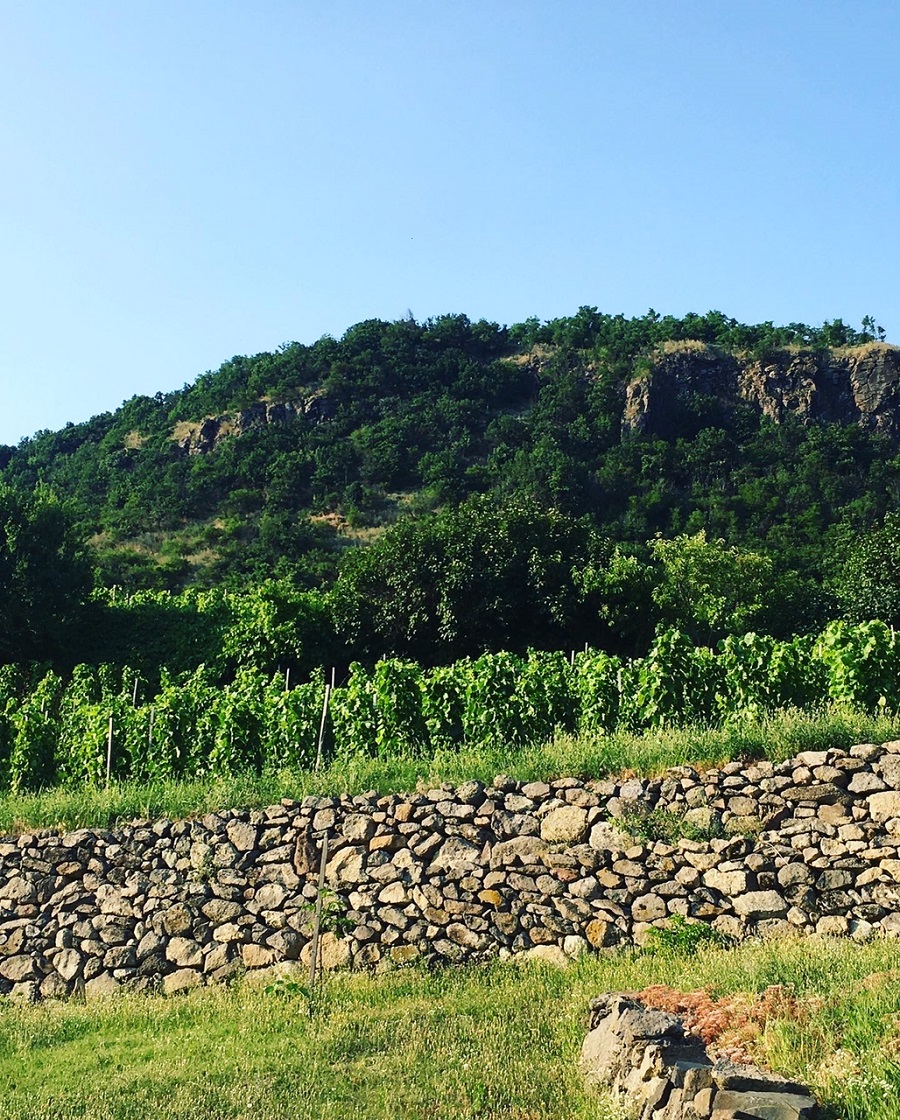
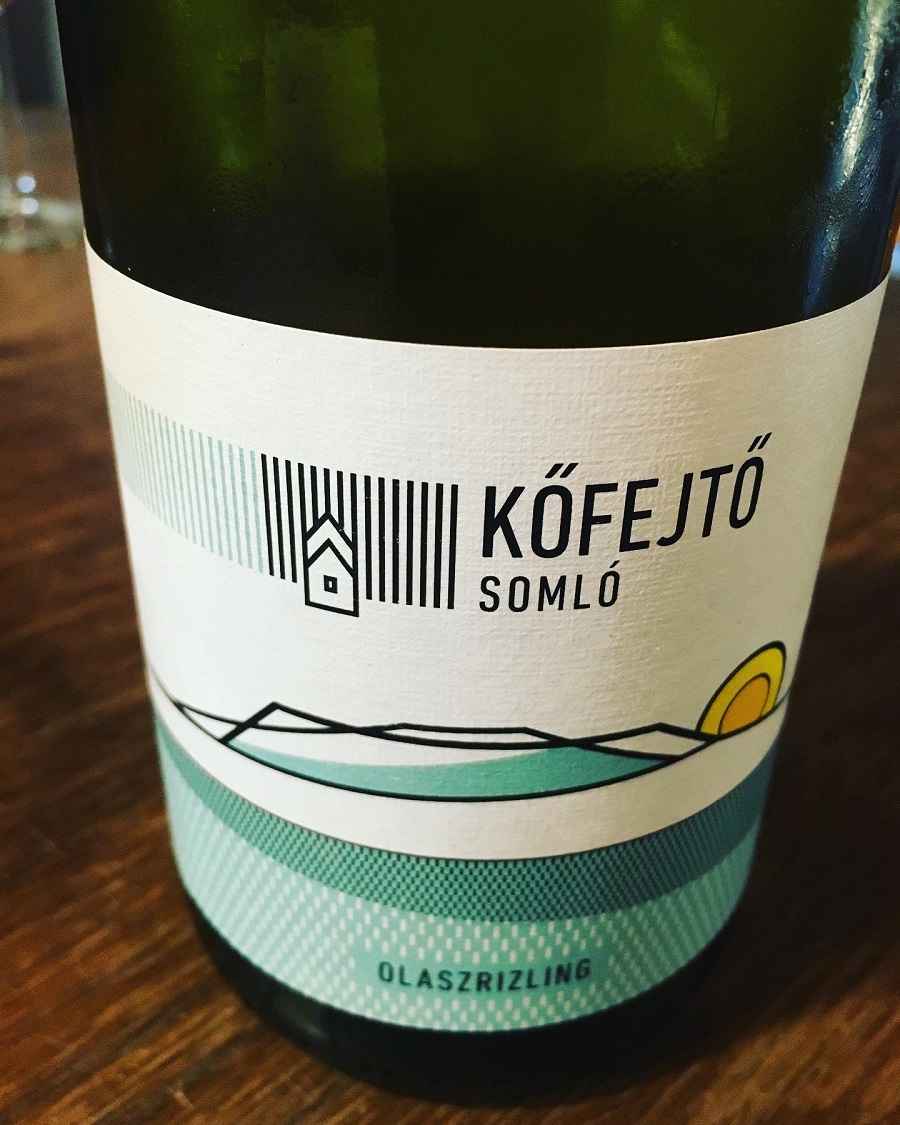
To avoid Somlo’s high acidity in his white wines Toth, like Spiegelberg, releases his wines late to the market – his Juhfark 2015 is now mature with richly textured, well rounded structure and balanced acidity.
Karoly Kolonics of Kolonics winery is another cult name on the south east side of Somlo hill where there is more wind blown loess over basalt creating elegant styles. Kolonics is a fourth generation winemaker here – his grandparents were born and raised on the hill. Until recently he had two jobs as tax inspector in Budapest and winemaker in Somlo – but he now focuses entirely on his nine hectares using no herbicides or pesticides.
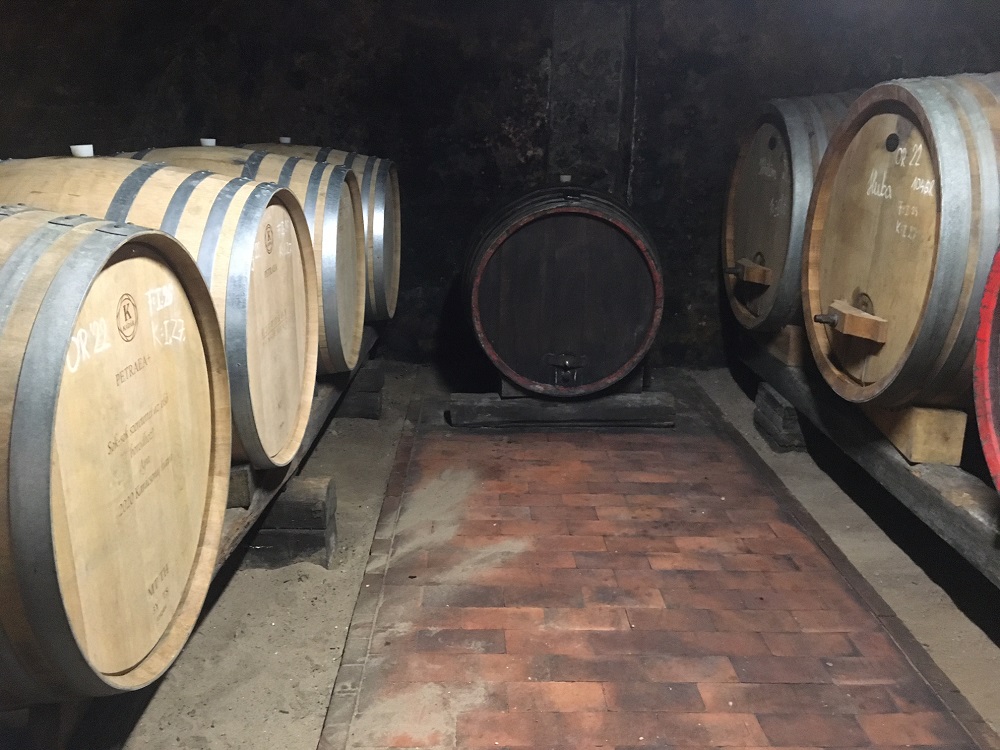

Kolonics style is intensely rich and fleshy – all wines are barrel fermented, but all very approachable. In his cellar below his guest house, he has a cocophony of 60 year old 1500 litre Hungarian oak barrels all adorned with names of Kings and Saints of Hungary. He makes superb Olaszrizling, Harslevelu and Juhfark, but interestingly one of my favourite wines was his bright plummy Shiraz 2021 which was very impressive.
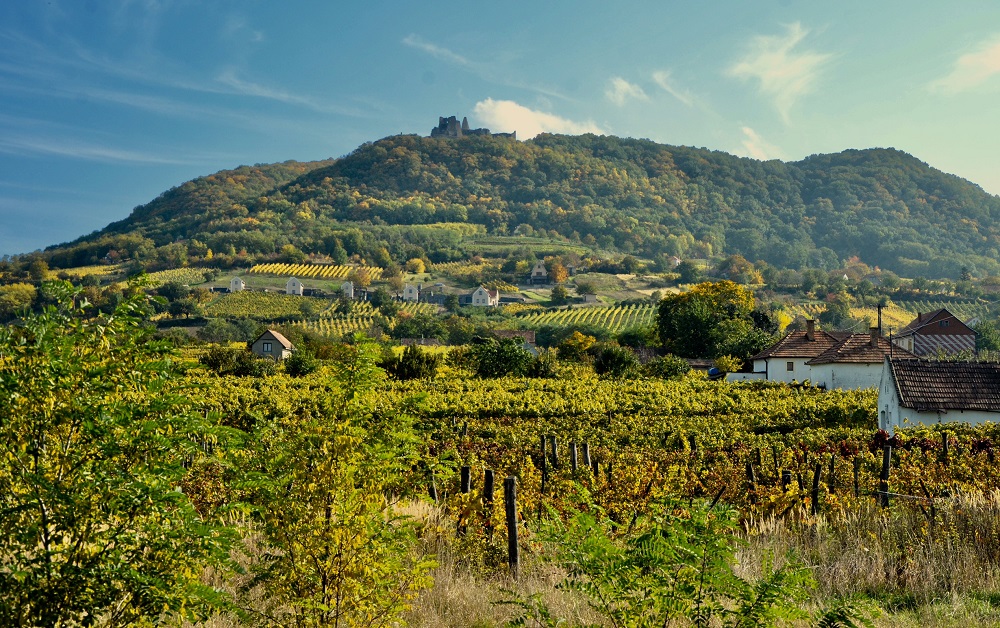
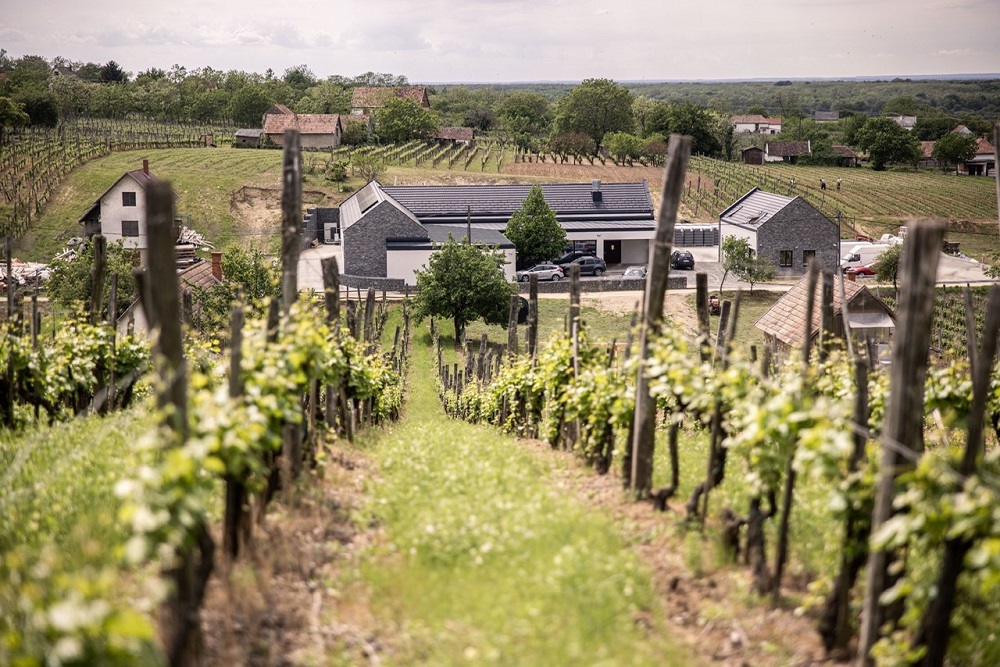
Family owned Fehervari winery are based on Somlo’s northern slopes (pictured above – images from Peter Pacher of Fehervari) one of the few places in Hungary with north facing slopes. Interestingly they are also planting Shiraz here, now with 4.5 hectares, as they believe it grows well on Somlo’s cool northern slopes.
Although many wineries in Somlo are tiny artisan producers, Fehervari is a much larger winery with 30 hectares. They are also now gearing up to big production of still and sparkling to compete with the other two large wineries in Somlo: Tornai and sparkling wine supremo Kreinbacher both of whom buy in grapes from neighbouring Etyek-Buda region for their fizz.
£12.75 Wanderlust Wines
Floral light, tangy grapefruit, peach, vibrant acidity, salty edge
£15 Best of Hungary
Blossoms and herbs, peach and honey, soft textured with incisive minerally finish
£17 Wanderlust Wines
Superb intense example of Juhfark grape; so richly textured, dense citric fruits, tropical notes, flinty, honeyed, smoky and saline finish
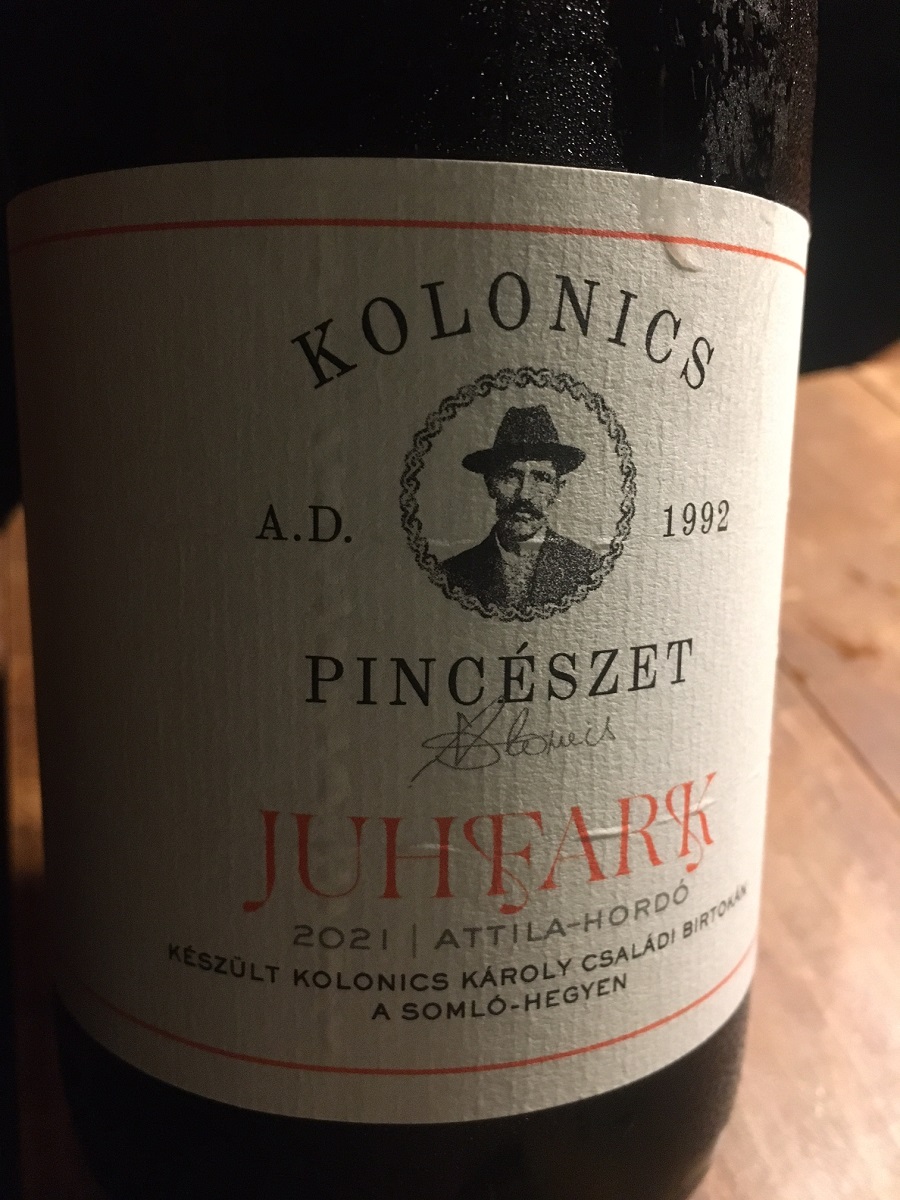
Wines from all four sides of Somlo hill are available at www.borarum.hu
Join Rose’s Escorted Wine Tour to Hungary in 2024 www.rosemurraybrown.com
By Rose Murray Brown MW Published in The Scotsman 19 August 2023
wine tastings
The perfect gift for the wine enthusiast in the family. Rose does In-person tastings too.
cellar advice
Rose does cellar valuations for private clients, valuations for insurers & bespoke portfolio management.
Related stories
March 31, 2024
By Rose Murray Brown MW Published in The Scotsman 30 March 2024 On 2 February 1659, the first wine made from grapes grown in South Africa was crafted by the Governor of the Cape, Jan van Riebeeck. He had planted vines four years earlier in the Company’s Garden near Cape Town from cuttings imported from France. Van Riebeeck’s first
March 24, 2024
By Rose Murray Brown MW Published in The Scotsman 16 March 2024 Heatwaves and bushfires were very much on the agenda when I visited Chile last month as winemakers prepared for their 2024 harvest in blistering heat and drought, with a plume of smoke from the devastating fires lingering over coastal hills. Heat and drought are the greatest challenges
March 23, 2024
By Rose Murray Brown MW Published in The Scotsman 9 March 2024 I have two glasses of Malbec in my hands from the same high-altitude vineyard in Uco valley in Argentina. I am in the Catena Institute of Wine in Mendoza with winemaker Agustin Silva. He has asked me to taste the two wines, both from the 1500m high



